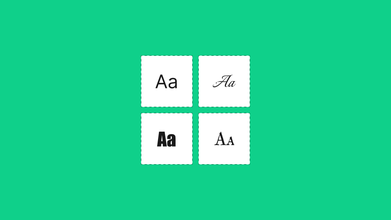How To Convert Figma Design To React Code
May 16, 2022 10293 seen
Why Do Designers Need To Convert Figma To React?
As personalized websites become an increasingly important part of today's digital marketing landscape, more and more businesses are investing in them to strengthen their brand image. Today, brands see websites as a tool for increasing their credibility and attracting new customers. While this has created many new opportunities for web designers and developers, it has also increased the demand for tools that make the process easier. Because there is so much that goes into creating a website, layers upon layers of prototyping and coding later, you have a fully-functional webpage. This is where tools like Figma and React come into play. Figma is a graphic design tool that is accessible via the web. React is a JavaScript library that makes these two tools a perfect match. Furthermore, both of these tools work in tandem to create the web prototype version and hand it over to the developers.
However, many people find the process to be perplexing. You must transfer your design components to the development team to create a usable version of your website prototype. They will then begin coding your design and converting your mockup into a fully functional website.
Figma and React.js work well together in this case because one is used by designers to create and iterate web designs, while the other is used by web developers to create complex UI code. When you export these files to React code, they are immediately available for developers to begin coding. So you're handing them the design files in code, which they understand.
Figma to React
Building responsive layouts for large applications can be more accessible by adding constraints to each page and component layout, allowing designers to manually adjust and visualize how the page would look for different viewports and devices. Figma constraints are extremely powerful because they control how an object is tied to its parents' layout or how the page/frame should respond when resized manually from the Figma interface. It is not possible, however, to set constraints that scale the font size or change the desktop menu to a typical mobile menu. As a result, when designing for the mobile experience, it is best to create a separate mobile or tablet view, depending on which device the application will support. This will serve as a reference for the React developer when converting the Figma design to code.
Conclusion
Figma and React are two dynamic tools that are ready for designers and developers to combine compelling ideas to create high-quality applications in the shortest amount of time. There are third-party plugins available that can export Figma designs as React code. These plugins are built on the Figma API and can extract any objects or layers with their properties in place from Figma files.
However, as the application grows larger and more complex, proper code planning and cleaner code practice are required. As a result, at XYAN, our programmer would like to have complete control over the code to implement our code architecture and logic, allowing maintenance work to be done on a regular and seamless basis to provide the best user experience possible.


